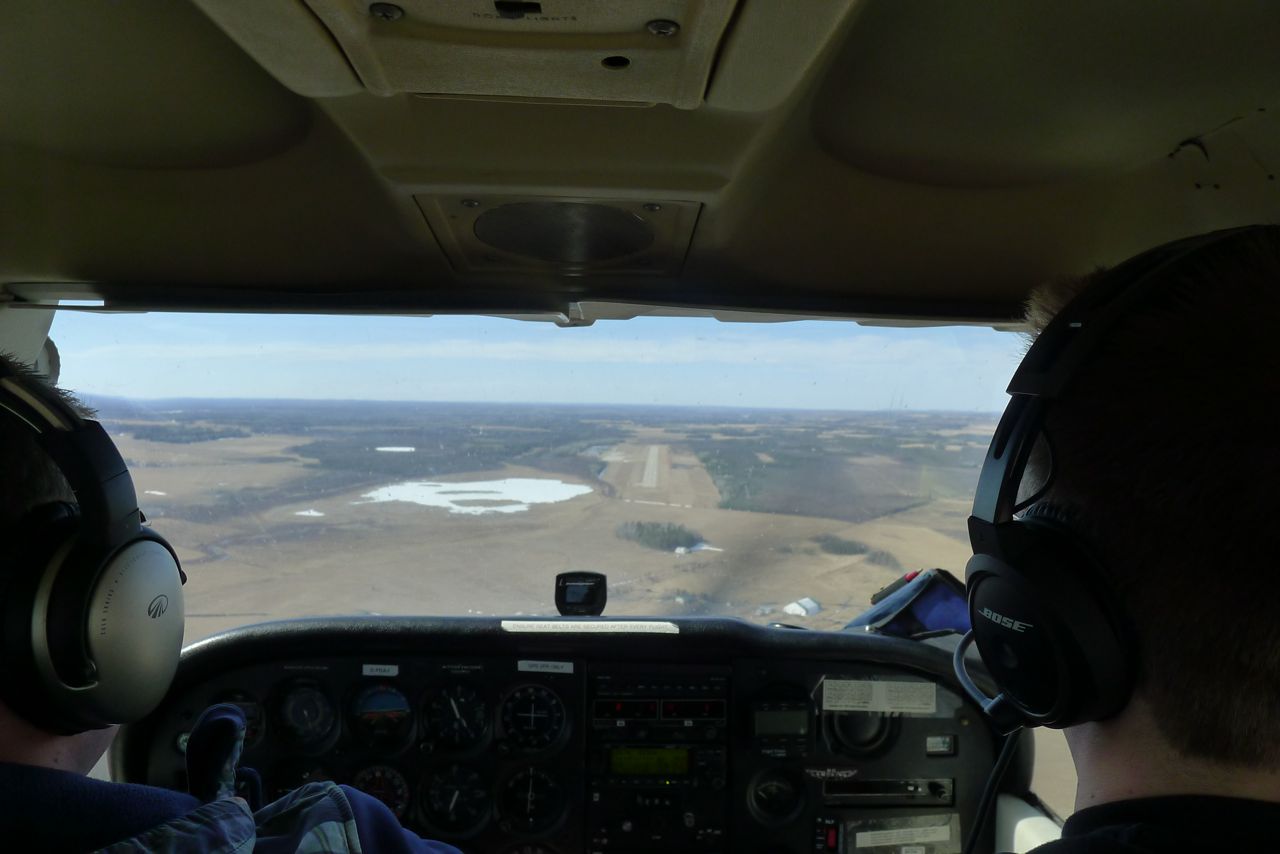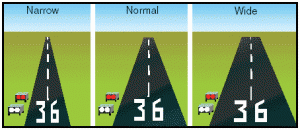
The “softer” side of flying is the human factors side. As advanced as modern aircraft are, pilots are subject to various factors that can cause them to make excellent decisions and judgement calls but sometimes make decisions that can be potentially dangerous. Luckily, illusions pilots experience are well understood and documented. We know when we may experience an illusion. In instrument flying for example, we learn how to ignore what our body is telling us – for example, that we are in a steeply banked turn when we are in fact in level flight – we learn how to trust our instruments in IMC. Sometimes the message our body is telling us can put us in danger if we subscribed to it.
We are governed by the messages our body is sending to our brain. This affects our flying and our perceptions of certain situations. When we are approaching a runway with a up or down slope, or when we are approaching a runway that is level but the terrain before the runway is up or down sloping, it is possible and expected to incorrectly plan our approach.
Runway illusions are very common in flying, and are the result of our brain telling us something other than what is actually happening because it is extrapolating on what it sees.

When a runway is upsloping, the pilot thinks that the runway continues on an upslope from the terrain before it, hence thinking the terrain in front of the runway is upsloping as well. The pilot will judge their altitude as too high, because they perceive the terrain continues on an upsloping, positive angle towards the runway and will consequently plan a low approach that can cause landing short of the runway.
The solution? When flying toward a known upslope runway, expect that you will perceive being higher than you actually are and plan to land long on the runway.
When a runway is downsloping, the pilot thinks that they are too low and will consequently plan a higher approach and land long on the runway, or may even have to overshoot. This is again, because of extrapolating on the slope of terrain before the runway. Thinking that the terrain continues on a downslope towards the runway, means that the terrain is actually higher away from the runway than on the approach path; so that the entirety of the approach path follows downsloping terrain. The pilot will incorrectly judge altitude as being too low when in fact he is too high.
The solution to planning an approach on a downsloping runway is to anticipate feeling like you are too low and plan to land short of the runway.
Also, when the runway is level but the terrain before the runway is upsloping: the pilot will extrapolate the same way. They will think the runway is upsloping as well, and be subject to the same upslope illusion, and should plan to land long. Alternatively, when the runway is level but the terrain before the runway is downsloping, the runway will also be judged as downsloping, and the pilot should plan to land short to avoid an overshoot.
It is hard to memorize the concept but I found that a good way of learning and remembering the concept is to draw an upsloping or downsloping runway and flat terrain in front of it. Then draw a straight dashed line following the angle of the runway towards the approach path, and this will be the pilots perception of the approach terrain. From there we can easily imagine whether the pilot will feel too high or too low in each situation.
Rain on the windshield can create the the feeling of greater height and haze can make distances appear greater than they are. This is a favorite Transport Canada exam question as well!

There is also the classic, wide and narrow runway illusions. When a runway is narrow, this creates the illusion that the plane is higher than it actually is, resulting in a low approach and possible land short of the runway. With a wider runway, the opposite occurs, we perceive the plane lower than actual, and can cause the pilot to flare too high or overshoot the runway.
Writing a lot of exams lately, I noticed that Transport Canada likes to test these topics!

